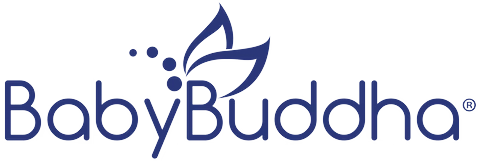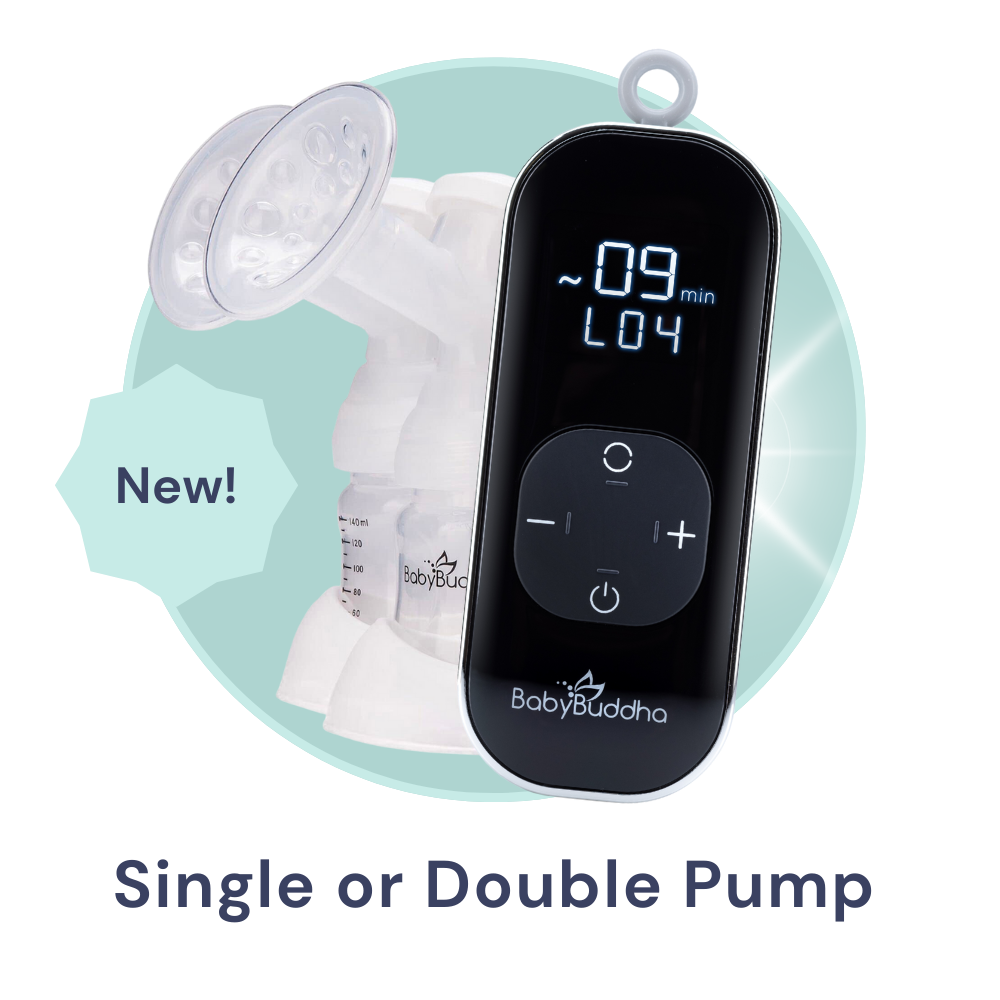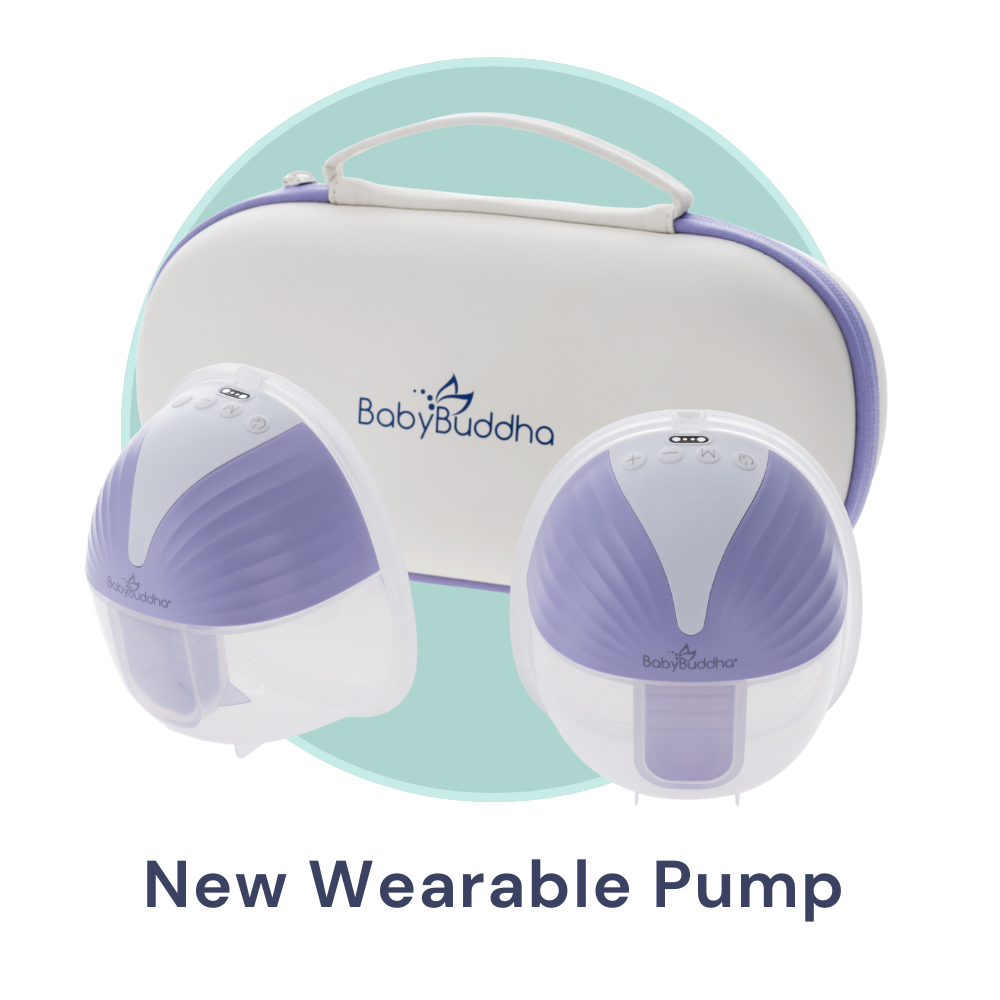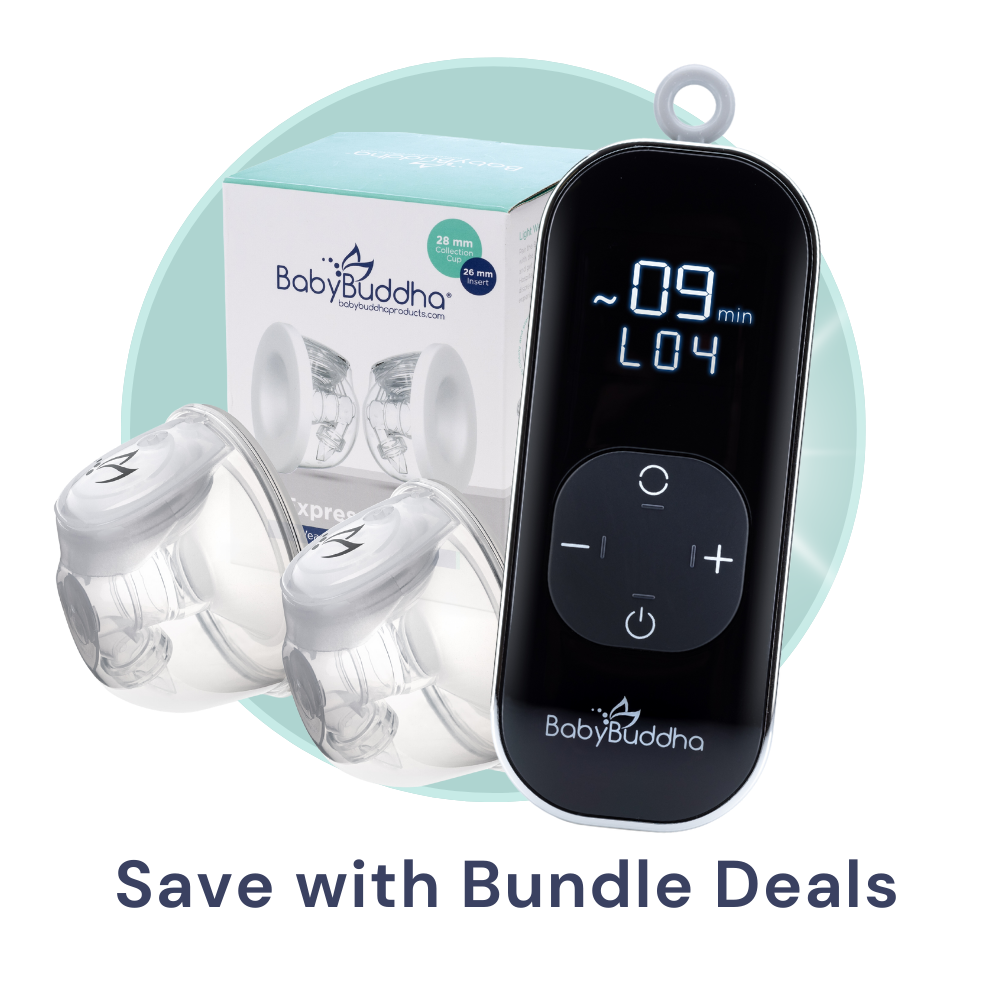Hi, Mom!
You’re here because you’re amazing and want to do the absolute best for your little one. 🥰
And we know – the internet can be a tough place to navigate when you’re looking for reliable information. So we had Paula, our resident Pumpologist, put all of the most important stuff about the first ten days of feeding right here – all in one place.
Those first ten days are critical to long term success.
For that period, milk production is driven by hormones, but after, it will be guided by demand alone. You want to spend the first ten days signaling to your body where volume needs to be long term.
Of course, if you’re finding this on the 11th day (or beyond), don’t panic! There are still paths to success. 🤗
But here are five of the top things to know optimizing the first ten days of nursing & pumping for a full-term baby*:
-
There is evidence to suggest that the sooner you’re able to initiate breastfeeding, the more quickly your milk will come in and the larger your volume will be down the road.
Birth is a wild ride and comes at us in many forms! Immediate skin-to-skin contact and breastfeeding is not always possible, and that’s ok! The important thing to note is that if you plan to breastfeed, stimulation – whether by bringing baby to breast or using a breast pump – is essential within the first six hours after birth.
-
As Paula likes to say “breastfeeding works off of a demand and supply system.”
Not supply & demand – the opposite. If we aren’t stimulating mom’s breasts, either with baby or with a pump, it signals to the body pretty quickly that there is no need to make more milk.
In the early days, it’s important to remove milk 8-10 times per day to maximize supply long term. Yep! That’s every 2-3 hours. 😮💨 Sounds exhausting, we know. But…
-
Skipping sessions or going too long between them can negatively impact supply down the road.
Maybe you go four hours between pump sessions and notice you’ve yielded a higher volume. Sadly that higher yield will be temporary if your body believes it can get away with making less milk.
-
“Normal” volume, especially in the beginning, is probably a lot less than you think!
For the first couple of days, baby will be drinking a thick, sticky substance called colostrum and only requires 1-3 tablespoons for the entire day! So if you’re pumping, it is totally expected to only see drops.
Somewhere between days 2-5, your transitional milk begins to come in, but baby’s stomach is still so small that they will only need about 4 tablespoons per day for the first week of life.
Around day 10 is when mom’s mature milk comes in, and she should begin producing 16 or more ounces of milk for a single baby.
-
And finally, a tip from our friend Alisa at The Breast Pump Depot: “Having a goal or length of time you want to provide breastmilk for your baby helps you be successful.”
The first ten days are critical in establishing your milk supply. And you can do almost anything for just ten days, right? Check out Alisa’s Commit to Ten Challenge here for some encouragement.
Of course, if you’re ever worried something might not be quite right, it can never hurt to reach out to an IBCLC (did you know six visits are covered by health insurance and BabyBuddha has a lactation team on staff?!)
Breastfeeding is full of tiny wonders, and there’s so much more to know! Follow along with all of our Pumpologist posts to keep learning. ✨
*Check out our post on the early days of breastfeeding a premature infant here.








